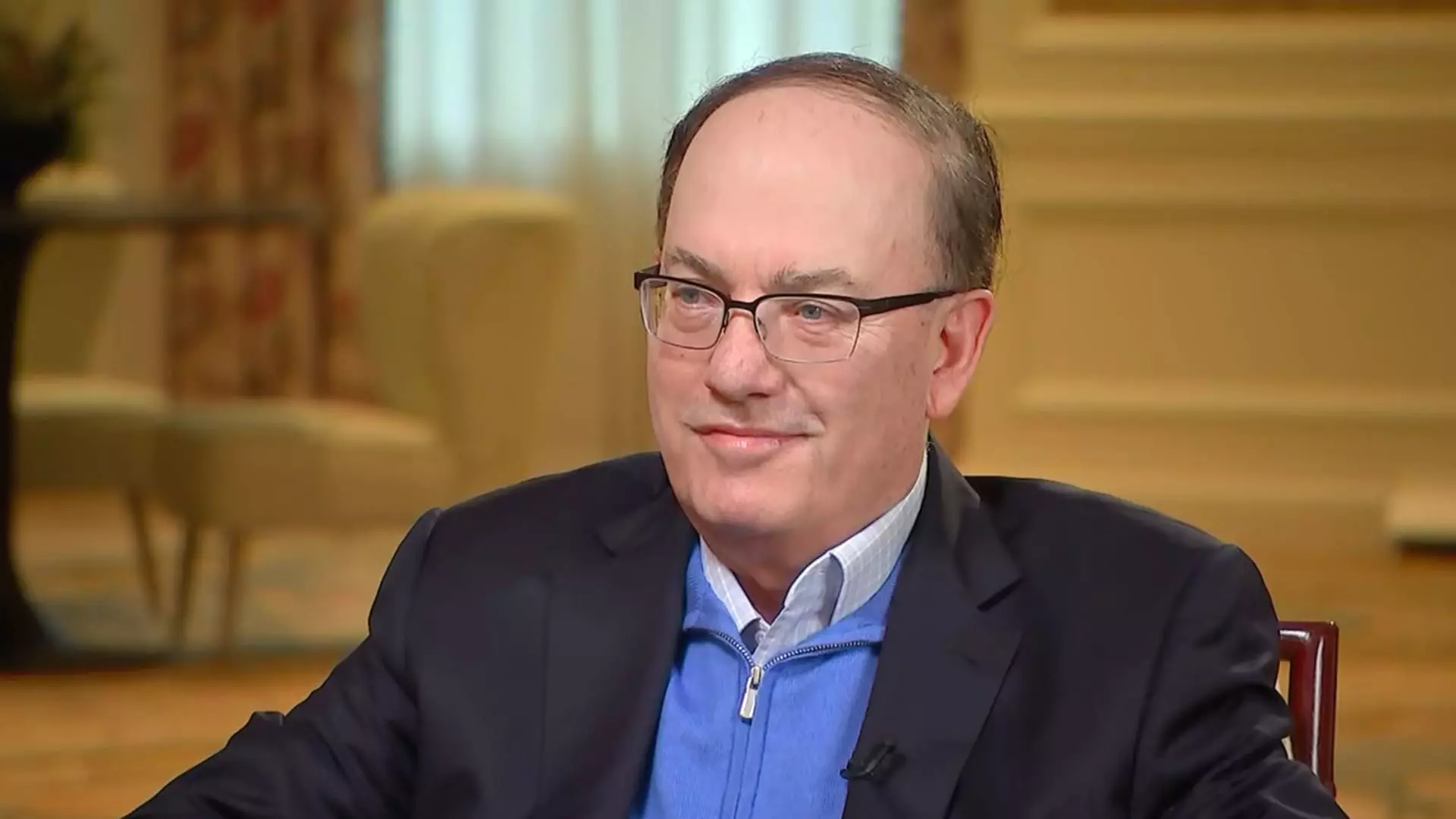Billionaire hedge fund manager Steve Cohen recently articulated his grim perspective on the state of the U.S. economy, a view shaped by a confluence of factors such as tariffs, immigration policies, and anticipated reductions in federal spending. His comments were made during the FII Priority Summit in Miami Beach, where he expressed a notable shift in his economic outlook triggered by the aggressive trade strategies implemented under the Trump administration. This stark transition from a previously optimistic viewpoint raises pertinent questions regarding the sustainability of economic growth amidst mounting challenges.
The Impact of Tariffs and Trade Policies
Cohen’s critique particularly highlights the detrimental effects of tariffs on consumer behavior and overall economic health. He likened tariffs to a tax burden that weighs significantly on consumers, asserting, “Tariffs cannot be positive, okay?” This assertion underscores a critical economic principle: increased costs for consumers usually lead to decreased spending, an essential driver of economic growth. The ramifications of trade policies invariably manifest in inflationary pressures, further complicating the economic landscape.
Moreover, Cohen pointed to the diminishing prospects of a robust labor force due to stricter immigration policies. This observation is compounded by his belief that a stagnant labor market could stifle economic expansion, as fewer workers may hinder productivity and innovation—a sentiment echoed by various economists concerned about labor supply dynamics in the U.S.
Federal Spending Cuts and Economic Growth Projections
Adding to Cohen’s economic concerns is the potential impact of federal finance reductions spearheaded by initiatives from the Department of Government Efficiency. Cohen expressed apprehension regarding Elon Musk’s ambitious plans to trim federal spending by a staggering $2 trillion. The logic is straightforward: removing substantial financial resources from the economy disrupts the flow of capital that has fueled growth for years. Cohen argues that any reduction or cessation of government spending is poised to inflict further harm on economic stability.
As the economic climate shifts, Cohen forecasts a slowdown in growth rates, predicting that the U.S.’s economic expansion could descend to 1.5% from a previous estimate of 2.5%. This downtrend amplifies fears of an impending market correction—a theory he supports by alluding to what he perceives as a regime shift in economic cycles.
Cohen’s insights serve as a stark reminder for investors and policymakers alike of the tenuous state of the U.S. economy. His bearish stance urges a cautious approach to investment and fiscal policy during an era fraught with uncertainty. As stakeholders navigate this unpredictable terrain, Cohen’s assessment underlines the importance of remaining vigilant and adaptable to the evolving economic landscape. Whether his predictions materialize into a significant correction remains to be seen, but the economic indicators favor a careful examination of Cohen’s projections and a readiness to adjust strategies accordingly. The dialogue initiated by Cohen invites broader considerations of how policy decisions shape economic realities, emphasizing the interplay between government actions and market responses.

